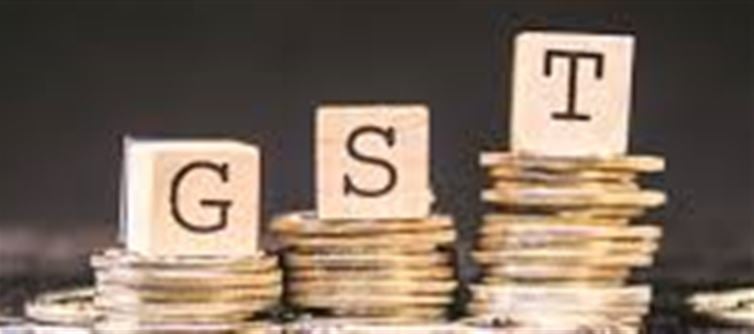
The GST Council, chaired by Finance minister Nirmala Sitharaman, is set to announce major changes in India’s tax structure. The much-discussed ‘Next-Gen’ GST reform aims to simplify the four-tier tax system into just two slabs – 5% and 18%. While this could bring relief to the common man on daily essentials, some luxury and sin goods are likely to get costlier. Here’s a full breakdown.
1. What is ‘Next-Gen’ GST Reform?
The reform will replace the existing 12% and 28% slabs, which were part of GST since July 2017, with two simplified slabs: 5% and 18%.
The goal is to ease compliance, reduce tax burden on essentials, and make the tax system more transparent.
2. Items Likely to Get Cheaper
Daily Essentials & Food Items
Consumers can expect lower GST rates on everyday goods:
Medicines and healthcare products
Groceries: fruits, vegetables, and packaged food
Electronics: ACs, TVs, fridges, washing machines
Farming tools and bicycles
Insurance and educational services
Specially Reduced Goods
Some items may move from 12% to 5% GST:
Condensed milk, tooth powder, dried fruits, frozen vegetables
Sausages, pasta, jams, namkeens, and bhujiya
Daily Utility Items
Carpets, umbrellas, utensils, furniture, feeding bottles
Pencils, handbags (jute/cotton), bicycles
Footwear priced under Rs 1,000
The reduced GST on these items is aimed at making basic necessities more affordable for indian households.
3. Items Likely to Become Costlier
Luxury & Sin Goods
Certain products may face a special 40% GST slab:
High-end cars and luxury goods
Alcohol, coffee, soft drinks, sugar, and fast food
Tobacco and gambling services
Fuel & Coal Products
Briquettes, coal, lignite, and peat-based products may see a rise in prices due to higher GST.
Clothing & Apparel
Ready-made clothes costing more than Rs 2,500 may move from 12% to 18%, making them slightly more expensive.
4. Impact on Consumers
Essentials and day-to-day items are set to become cheaper, providing relief to households.
Luxury and sin goods will carry a higher tax, potentially discouraging excessive consumption.
Consumers may need to plan purchases of high-end products and clothing accordingly.
5. Final Takeaway
The Next-Gen GST reform balances affordability and revenue collection. While it makes essential goods more pocket-friendly, it ensures luxury items and sin products contribute a higher share of taxes. Keep an eye on the official announcement to see the final list of items and exact GST slabs.
Disclaimer:
The views and opinions expressed in this article are those of the author and do not necessarily reflect the official policy or position of any agency, organization, employer, or company. All information provided is for general informational purposes only. While every effort has been made to ensure accuracy, we make no representations or warranties of any kind, express or implied, about the completeness, reliability, or suitability of the information contained herein. Readers are advised to verify facts and seek professional advice where necessary. Any reliance placed on such information is strictly at the reader’s own risk..jpg)




 click and follow Indiaherald WhatsApp channel
click and follow Indiaherald WhatsApp channel